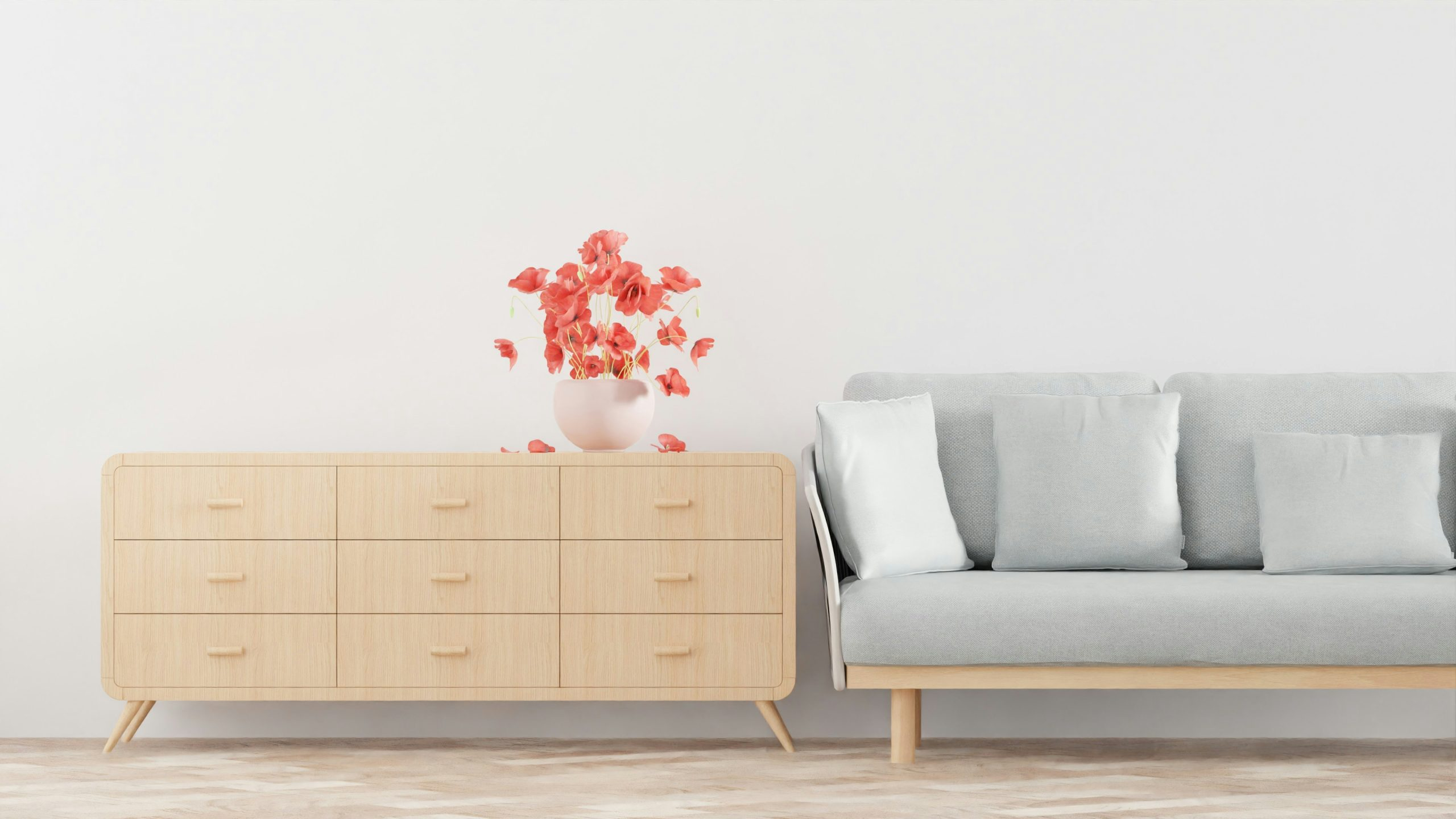Design Celebrating Landscapes for Conscious Consumers
As more and more people become conscious consumers, the impact of consumerism on the environment has become a major concern. From choosing products made from sustainable materials to reducing waste, consumers are becoming more aware of their purchasing decisions and the impact they have on the planet. And this shift in mindset is not limited to just products, but also extends to the spaces in which we live and work. In this article, we explore how design can celebrate landscapes and cater to the needs of conscious consumers. From incorporating sustainable elements to promoting a connection with nature, it’s time to rethink our approach to design and its impact on our environment.
Incorporating Sustainable Materials
A key aspect of designing for conscious consumers is the use of sustainable materials. These materials are those that have minimal impact on the environment, both in terms of their production and disposal. With a variety of sustainable and eco-friendly materials now available, designers have a plethora of options to choose from.
Wood Products from Certified Sources
Wood is a versatile and popular material used in interior and exterior design. However, not all wood is sourced sustainably. Designers can opt for wood products that come certified by the Forest Stewardship Council (FSC) or other similar organizations. These certifications ensure that the wood used in the products has been sourced responsibly from well-managed forests, promoting the conservation of natural resources.
Recycled Materials
Incorporating recycled materials into design can also significantly reduce its environmental impact. From using recycled plastic for furniture to incorporating reclaimed wood into flooring, these materials not only reduce waste but also give new life to existing resources.
Promoting a Connection with Nature
In today’s digital age, where most of our time is spent indoors, it is essential to create spaces that promote a connection with nature. This can be achieved through various design elements that bring in the outdoors, creating a sense of calm and serenity.
Natural Lighting
One way to promote a connection with nature is by incorporating natural lighting into design. By maximizing natural light, designers can reduce the need for artificial lighting and consequently, energy consumption. Large windows, skylights, and strategic placement of mirrors can all help bring in more natural light, making spaces feel more open and connected to the outdoors.
Greenery
Plants not only add aesthetic appeal to a space, but they also have numerous environmental benefits. From purifying the air to reducing stress, incorporating greenery into design has a positive impact on the environment and our well-being. Designers can choose from a variety of indoor plants to liven up a space and create a connection with nature.
Designing for Functionality and Longevity
In addition to sustainable materials and a connection with nature, another aspect of designing for conscious consumers is functionality and longevity. As consumers become more aware of the environmental impact of their belongings, they are choosing to invest in products that are both functional and long-lasting.
Multi-functional Furniture
Designers can opt for multi-functional furniture that serves multiple purposes, reducing the need for excess pieces. From storage ottomans to convertible sofas, these pieces not only save space but also promote a more efficient use of resources.
Durable Materials
Incorporating durable, high-quality materials into design can significantly increase the lifespan of a product, reducing the need for constant replacements. By choosing materials such as hardwood, metal, and stone, designers can create designs that stand the test of time and reduce waste in the long run.
The Role of Education and Collaboration
Finally, the role of education and collaboration cannot be underestimated when it comes to designing for conscious consumers. Designers, manufacturers, and consumers all have a responsibility to educate themselves and spread awareness about sustainable design choices.
Collaboration between designers and manufacturers can also lead to innovative and sustainable design solutions. With the increasing demand for environmentally-friendly products, there is no better time for designers to work with manufacturers in creating designs that cater to the needs of conscious consumers.
In conclusion, designing for conscious consumers is not just about incorporating sustainable materials or promoting a connection with nature. It’s a holistic approach that places importance on functionality, longevity, education, and collaboration. By making conscious design choices, we can create spaces that not only benefit the environment but also enhance our overall well-being.











